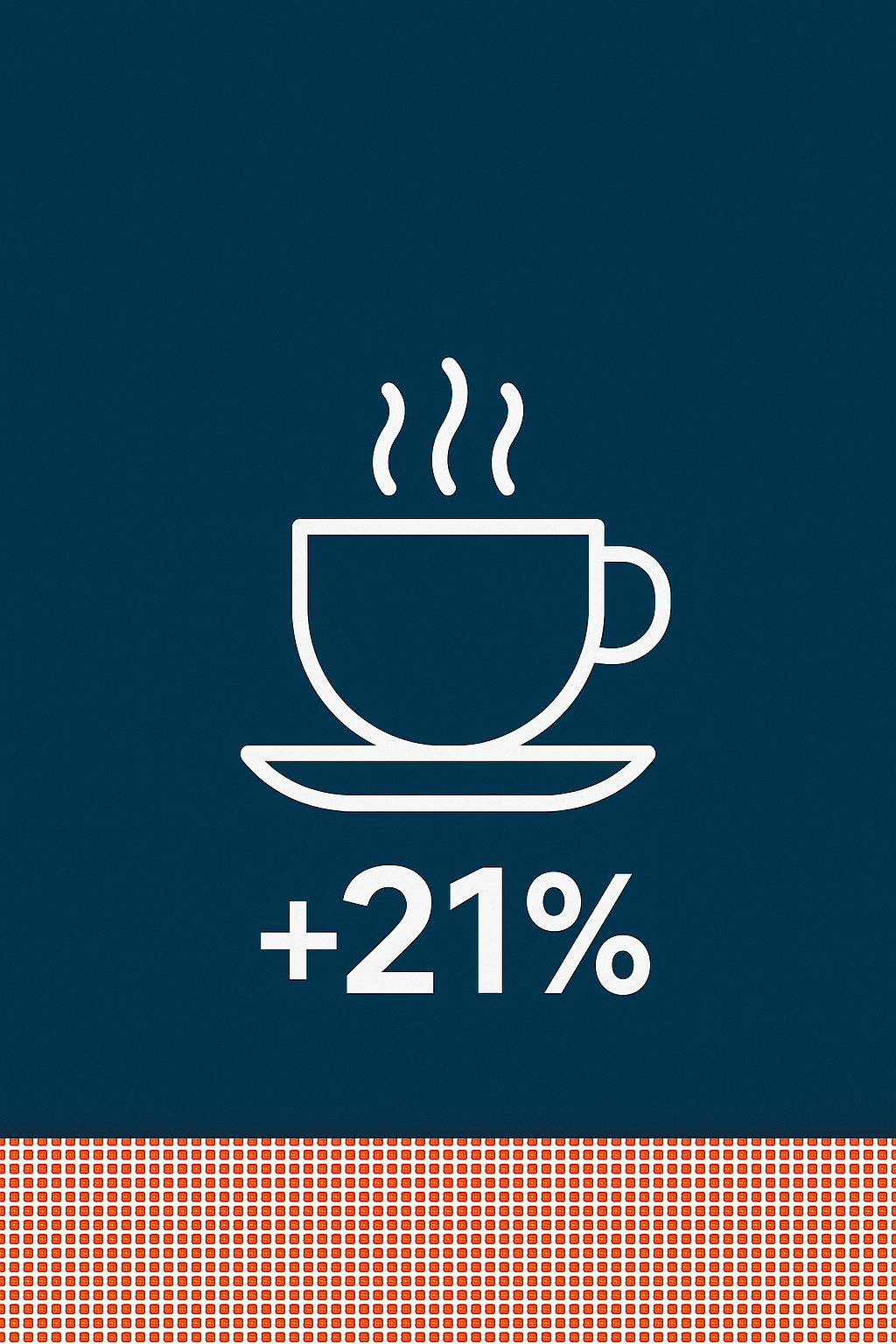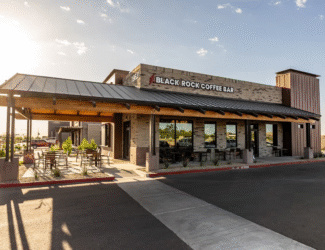
Tariff-Fueled Price Hikes Hit U.S. Consumers
New York, September 13, 2025 – Qahwa World –U.S. consumers are beginning to feel the full impact of the Trump administration’s sweeping tariffs, as new data shows prices rising sharply across a range of imported goods.
The Consumer Price Index (CPI) climbed 2.9% in August compared to a year earlier, marking the fastest inflation rate since President Trump’s second inauguration in January. Analysts say the acceleration reflects tariffs filtering through the economy, with heavily imported goods seeing the steepest increases.
Although tariffs were first announced in April on what Mr. Trump dubbed “Liberation Day,” their implementation was delayed as trade negotiations continued. Many businesses initially stockpiled goods or absorbed costs to shield consumers. That strategy is now waning, according to the Federal Reserve’s latest Beige Book, which found widespread price hikes linked to tariffs in August.
Beth Hammack, president and CEO of the Federal Reserve Bank of Cleveland, told CBS News that companies are increasingly forced to pass along higher costs: “Some businesses have no choice but to start passing on tariff-related costs to consumers.”
Major retailers including Home Depot, Macy’s, and camera maker Nikon have already confirmed price increases. EY-Parthenon chief economist Gregory Daco noted that while many businesses initially shouldered the burden, “there is a limit to how long and how much of that they can do.”
The White House insists inflation remains contained. Spokeswoman Karoline Leavitt highlighted that overall CPI is tracking at a 2.3% annualized rate since Mr. Trump took office and pointed to easing wholesale inflation. She credited the administration’s policies, citing “historic tax cuts, massive deregulation, and energy dominance” as drivers of growth.
Goods Most Affected
August CPI data shows sharp increases in categories reliant on imports, including:
-
Coffee: +21% (Brazilian beans now face a 50% tariff; the U.S. imports 80% of its unroasted coffee from Latin America).
-
Audio equipment: +12%
-
Household furniture: +10%
-
Bananas: +6.6%
-
Women’s dresses: +6.2%
-
Watches: +5.6%
-
Motor vehicle parts: +3.4%
Pressure on Households
With wages rising more slowly, the tariff-driven costs are squeezing lower-income families. Heather Long, chief economist at Navy Federal Credit Union, warned, “Food, gas, clothing and shelter all had big cost jumps in August. And this is only the beginning of the price hikes.”
Consumers like Clara Moore, a researcher from Newark, New Jersey, are already feeling the strain. She said her grocery bills climbed from $175 to $250 in the past year, forcing her to cut back on streaming services and discretionary purchases.
Economists expect inflationary pressure to persist through year-end, with Oxford Economics’ Ryan Sweet predicting that consumers will absorb about two-thirds of the tariff costs: “You’ll see more of the tariffs passed on to consumers with each passing month.”






